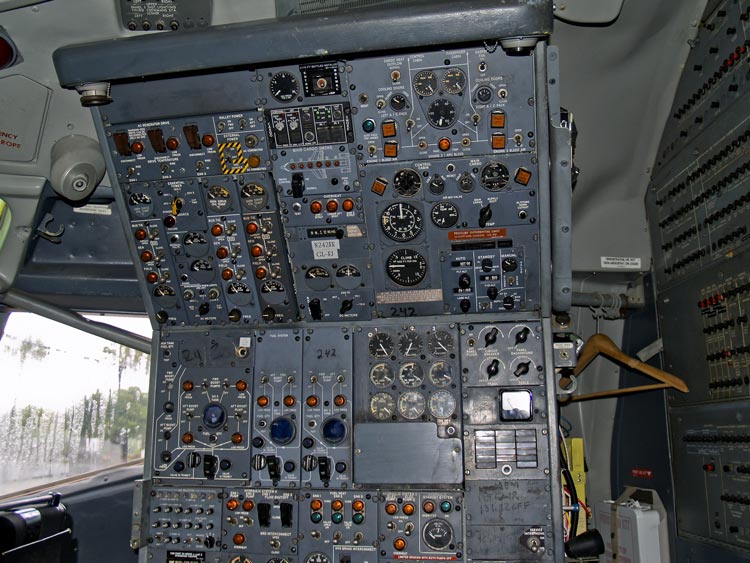Got an interesting question for y'all:
To use the RMS Titanic as an example (whodathunkit?), the Officer directly under Captain Edward Smith was Chief Officer Henry Wilde. Titanic's first officer was William Murdoch, who was directly under Wilde. Therefore Murdoch was third-in-command.
However, on a commercial airliner, the officer (co-pilot) directly under the captain is called "First Officer". Why isn't this person called "Chief Officer" given that he/she is second-in-command to the Captain?
Just curious!
To use the RMS Titanic as an example (whodathunkit?), the Officer directly under Captain Edward Smith was Chief Officer Henry Wilde. Titanic's first officer was William Murdoch, who was directly under Wilde. Therefore Murdoch was third-in-command.
However, on a commercial airliner, the officer (co-pilot) directly under the captain is called "First Officer". Why isn't this person called "Chief Officer" given that he/she is second-in-command to the Captain?
Just curious!
Last edited:






















































